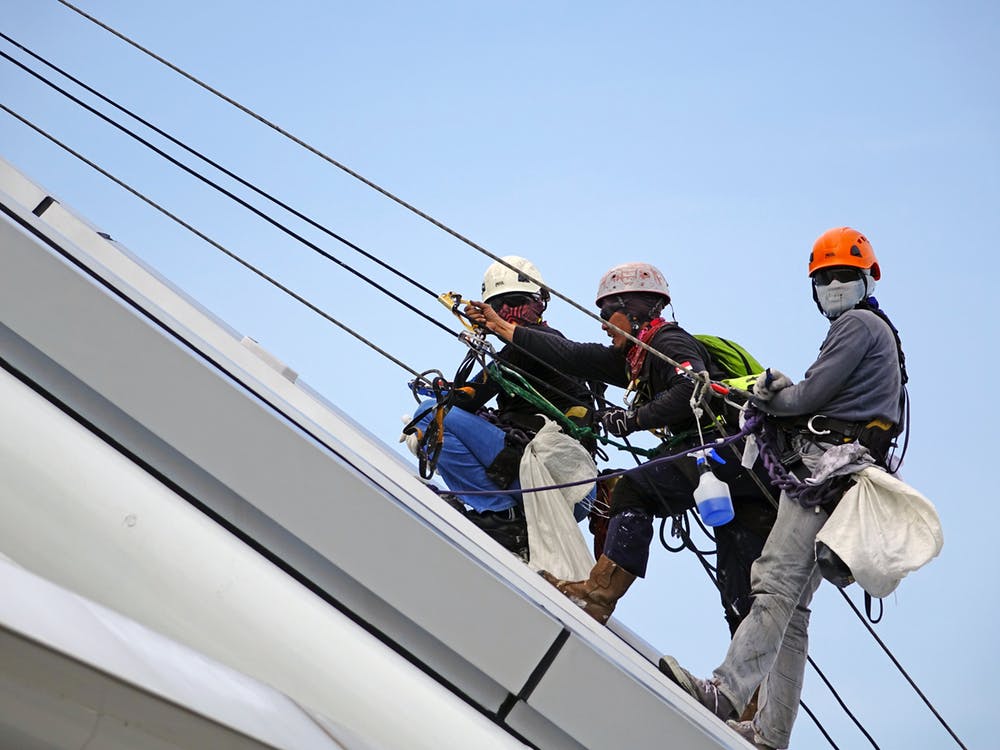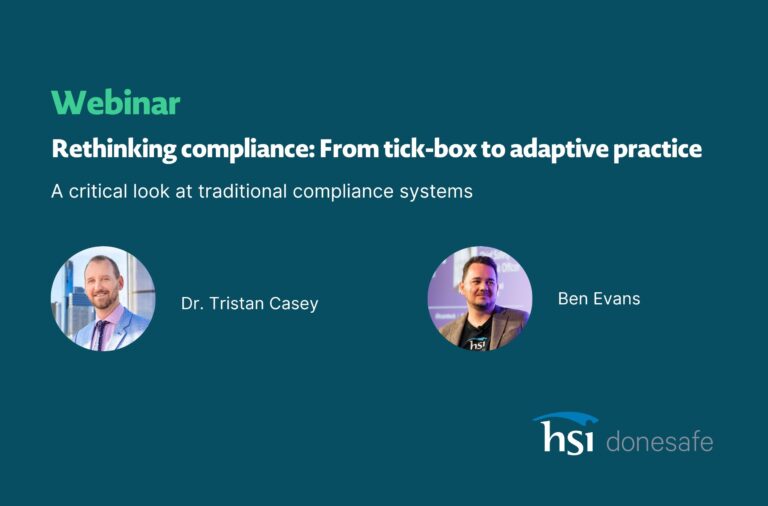
Deloitte has just released the results of its 2017 Health & Safety Leadership Survey for New Zealand, and the results are cautiously optimistic.
The findings are drawn from interviews with 169 CEOs and managing directors, and they provide a
useful snapshot of how New Zealand businesses implement health and safety. The surveys especially
measured how well business leaders were able to “walk the talk” of health and safety–or in other
words, to what extent they put planned initiatives into action.
While the results in many key indicators deserve praise, it’s equally clear that other aspects of
implementation have been more resistant to change. One immediately obvious thing is that the
main indicators of the commitment of companies to health and safety have visibly improved.
However, there is room for further growth, particularly in the areas of risk management, worker
engagement, and contractor management.
Let’s break down the results and look at what these trends might mean for the longterm health and safety policy in New Zealand businesses.
The Good
Two foundations of health and safety have marked visible progress since last year’s survey:
commitment from top leadership and planning for improvement. There is quite a bit of top-down
initiative, as upper management leadership realizes the need for efficient safety policies.
Increasingly, health and safety are ranked as a top business priority and higher-ups are becoming
more directly involved in this process, which sets a standard for the rest of the company.
These management commitments are not merely symbolic; in fact, four out of five respondents
reported that health and safety performance improved in 2017 over past years. Management is also
making the crucial link between health and safety and productivity, with more than half of
participants associating an investment in health and safety with a boost in productivity. Health &
Safety is becoming a topic of regular reporting at board meetings, and roughly half of all
organizations have board members who make a point to go on-site visits.
Overall, leaders have emphasized that there are more company-wide discussions about defining risk
and avoiding risk than in previous years. Even if the implementation is spotty as of right now, it is
encouraging to know that Health & Safety is on leadership’s radar.
The Not-So-Good
The business leaders indicated that one of their main stumbling blocks in improving overall health
and safety was the entrenched company culture. From their point of view, low participation in
health and safety initiatives corresponds to a low effort or desire to improve the health and safety
culture. Despite the awareness of a problem, only a quarter of all CEOs report that they are actively
running culture-change initiatives to combat this concern.
One of the ways to encourage worker investment in health and safety programs is to improve
leadership, essentially making it more accessible to employees. Unfortunately, only about one-fifth
of all CEOs consider these kinds of leadership innovations a priority.
The survey also finds that communication concerns transcend the relationship between workers and
supervisors. CEOs do not usually engage directly with key suppliers, meaning that leadership
commitments do not always reach the supply chain. Due to this gap, a quarter of CEOs say that risks
are not well articulated (thus not fully understood by employees). As many as one-fifth are not clear
on their managing roles and responsibilities. This may seem low, but it is surprisingly high
considering the importance of the role.
While it’s great news that reporting has generally increased, it’s alarming that this data has not been
activated to produce useful analyses or recommendations. This unfortunately reduces the
awareness and communication of risks that may be able to prevent further incidents. It is clear that
policy changes open up new areas for improvement which cannot be left to chance. There is a
relatively low number of audits and internal assessments taking place. These procedures can
contribute valuable data to close some of those gaps between reporting and implementation.
Finally, all the leaders interviewed seemed to retain a maximal focus on safety while relegating health to secondary status. As we know, employee occupational health is tightly bound with the reduction of physical injury, and cannot be overlooked in this mix.
What’s in Store?
These results should leave us encouraged about the prospects for improving health and safety in New Zealand businesses. Yet we should also be aware that the areas more resistant to change also happen to be critical to the whole enterprise and the gaps in coverage require serious attention.
Administrative or legislative solutions can help articulate and direct some health and safety goals.
One recent example is the Health and Safety Work Act, which aims to galvanize a culture change by
recognizing worker participation as a top priority. Another way to strengthen the top-down side of
these commitments is to include health and safety into an organization’s strategic planning.
Most of all, what these results indicate is that policies on health and safety need to be holistic,
involving, and hands-on. As the survey recommends, now is not the time for complacency.
Companies should focus on risk, relationships, and resources, as well as recognizing the value of
occupational health in addition to safety. Beyond articulating awareness, leaders need to
demonstrate concern for employees’ health and safety by “walking the walk” from a formal
investment in policy change to actionable change.
The Deloitte 2017 Health and Safety Leadership Survey is based on a series of interviews conducted in the fourth quarter of 2016. The survey data can be downloaded here.
By Aja Cacan at donesafe.com
For a paperless, jargon-free business safety solution that you can manage from your phone, click here to get in contact and ask about how you can try Donesafe for FREE or visit our features page to find out more.
Share:



